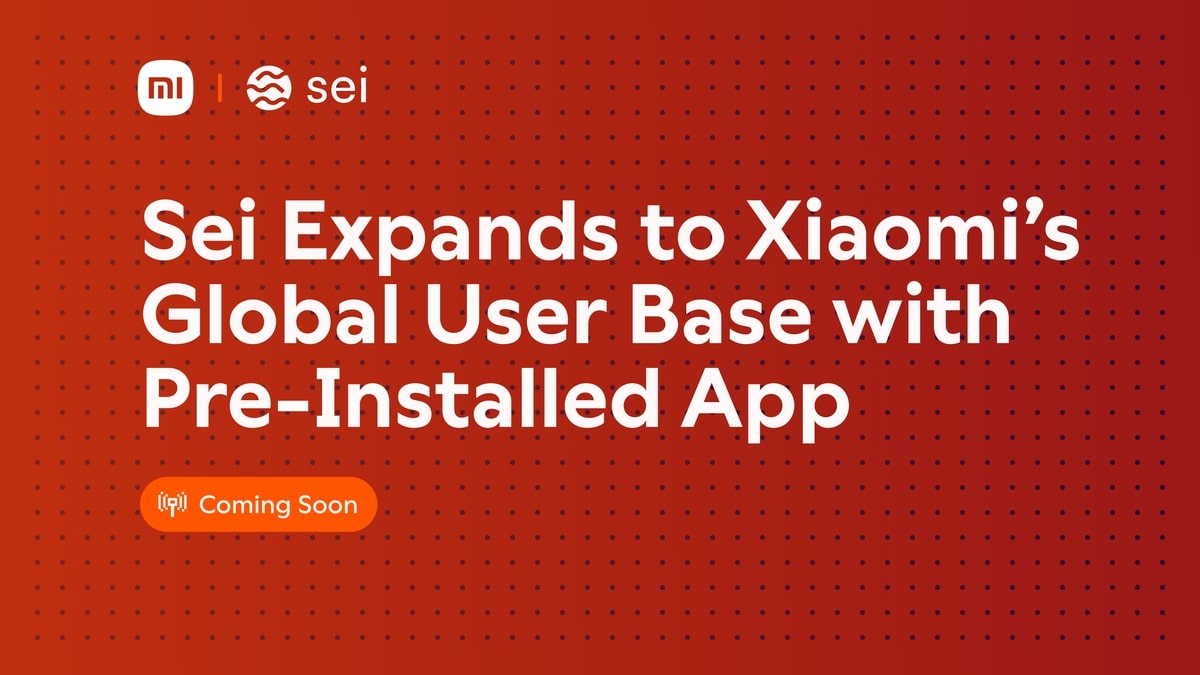Fintech giant Stripe and crypto venture firm Paradigm have announced their collaboration on a new project named Tempo. The Layer-1 (L1) blockchain, designed specifically around stablecoins, aims to streamline digital transactions and enhance payment efficiency.
Stripe And Paradigm’s New Payment Solution
Tempo emerges as part of a growing trend of Layer-1 blockchains dedicated to stablecoin integration, joining the ranks of initiatives like Circle’s Arc and Tether’s Plasma Layer-1 blockchains compatible with the Ethereum Virtual Machine (EVM).
Its launch comes at a time when interest in cryptocurrency is surging, fueled by the Trump administration’s favorable stance towards the crypto sector and recent legislative progress, including Congress’s passage of the first stablecoin-focused bill, the GENIUS Act, in July.
While established platforms like Ethereum (ETH) and Solana (SOL) have dominated the landscape, a new generation of payment-focused blockchains has reportedly emerged, promising rapid transactions and lower fees.
These blockchains often utilize native tokens, such as Circle’s USDC or Tether’s USDT stablecoins, which are frequently traded on the Ethereum blockchain yet deployed across various networks.
Despite the competitive environment, Tempo benefits from Stripe’s customer base. As one of the largest payment infrastructure providers globally, Stripe caters to a clientele that largely remains outside the crypto sphere.
The advantages of stablecoins, often touted for their speed and efficiency compared to traditional money transfer services like SWIFT, present a compelling case for broader adoption. However, concerns over regulatory uncertainties and corporate hesitance have slowed this process.
Tempo’s Ambitious Goals
Fortune reports that tempo will not launch with its own native cryptocurrency. Instead, it will utilize various stablecoins as “gas” fees, which are essential payments made to the network of entities operating the blockchain. This approach sets Tempo apart from many other blockchains that rely on their proprietary tokens for value.
As for the timeline for Tempo’s launch, details remain scarce; however, the project is currently staffed by around 15 employees, including Huang, who will continue his role at Paradigm alongside Alana Palmedo.
Paradigm outlined Tempo’s focus areas, which include global payments, remittances, microtransactions, and agentic payments—transactions initiated by artificial intelligence (AI) agents.
While Stripe is incubating Tempo, Paradigm emphasizes the intention for the blockchain to maintain a sense of neutrality. It remains uncertain whether other payment providers will adopt this new technology.
However, the involvement of various partners, including Anthropic, OpenAI, Deutsche Bank, and Shopify, suggests a collaborative effort to develop a new payment solution.
Featured image from DALL-E, chart from TradingView.com













 Bengali (Bangladesh) ·
Bengali (Bangladesh) ·  English (United States) ·
English (United States) ·